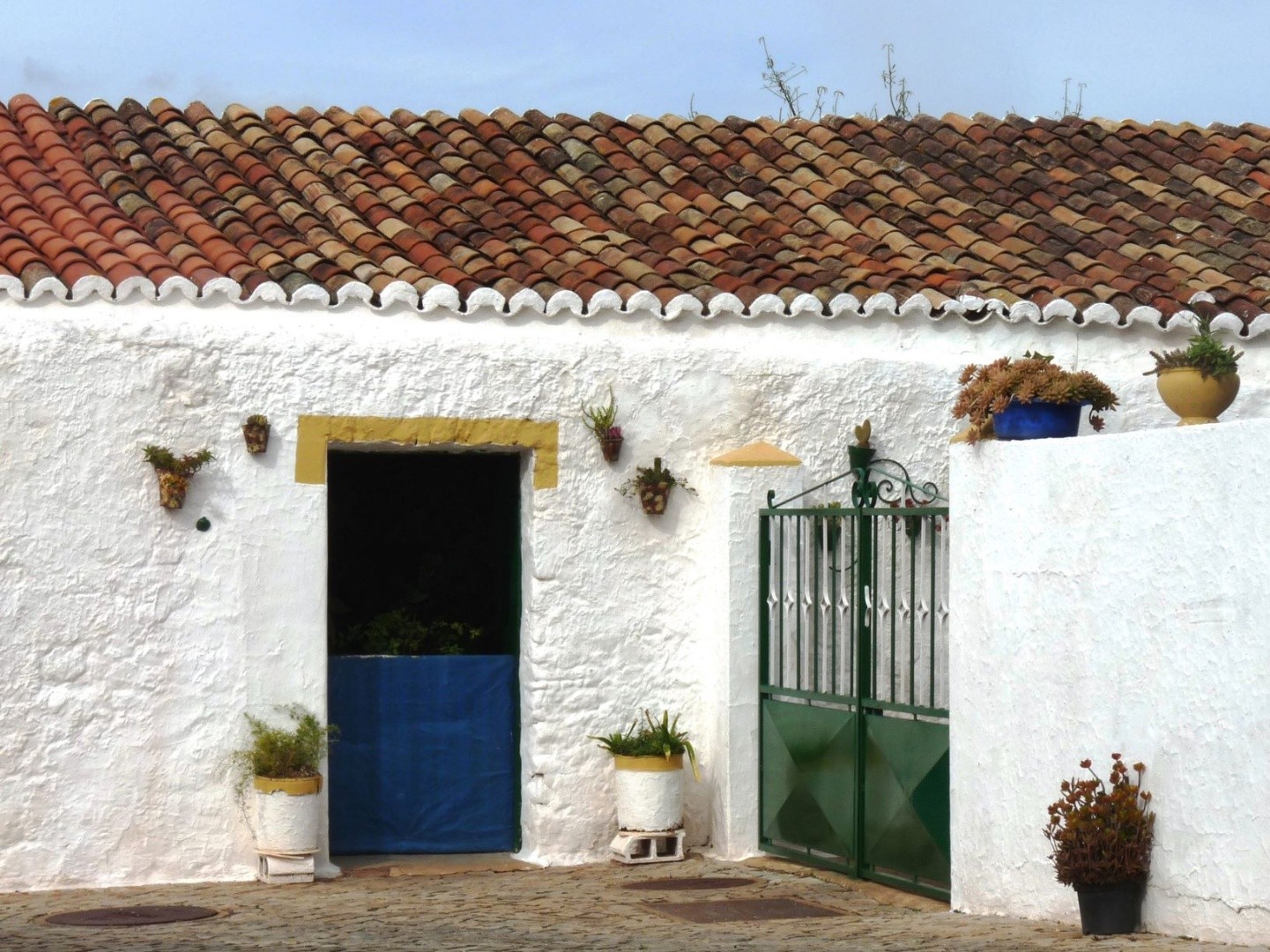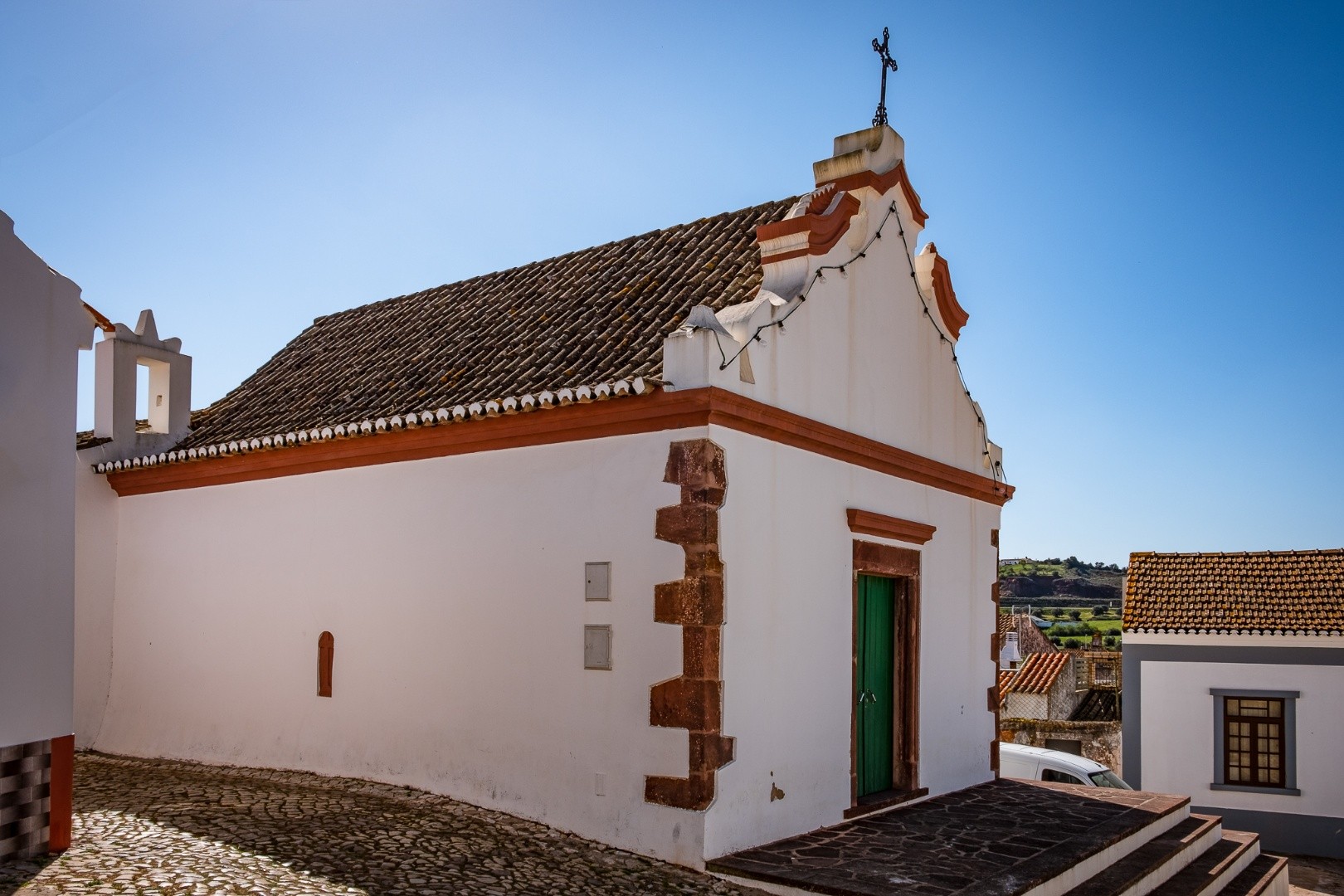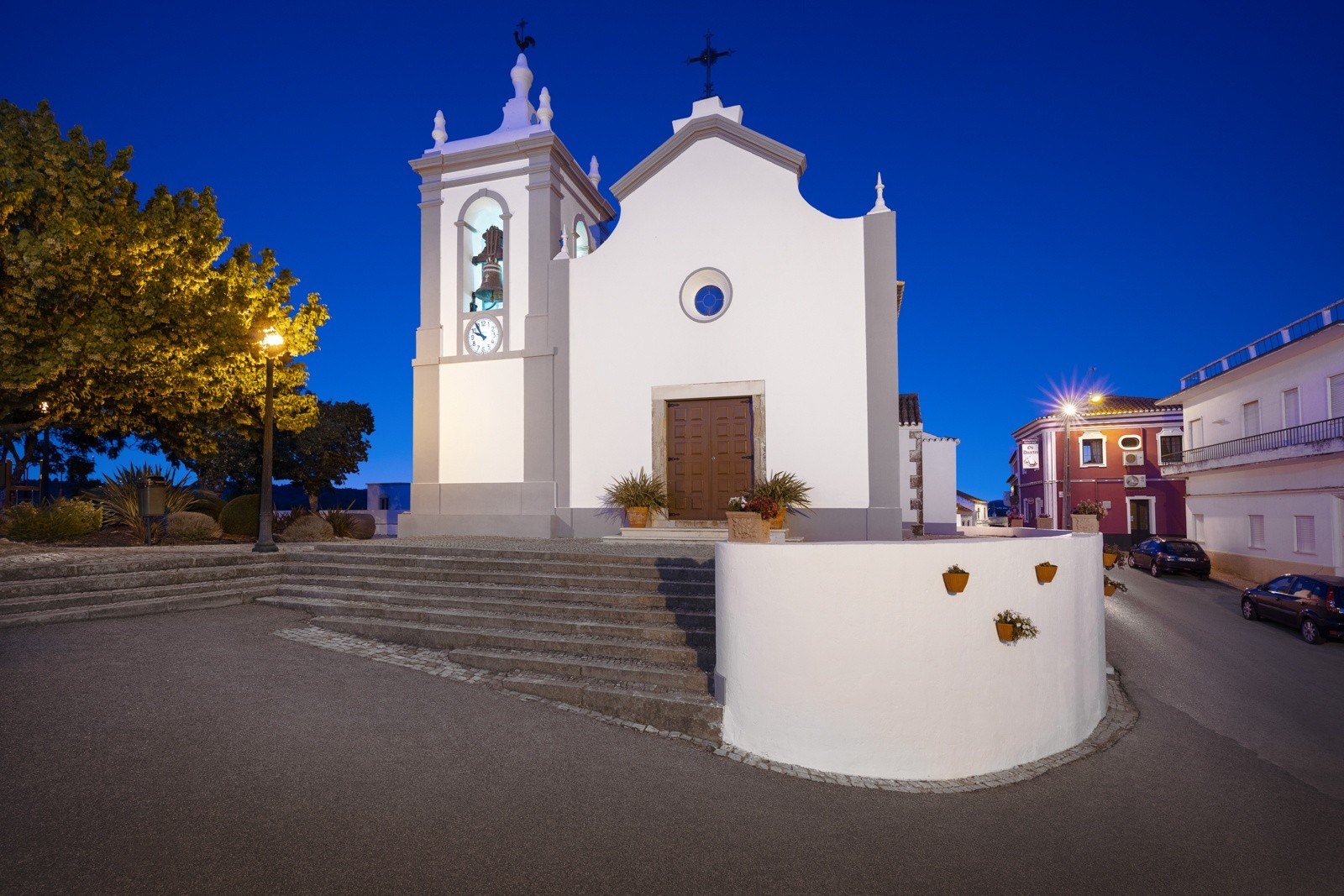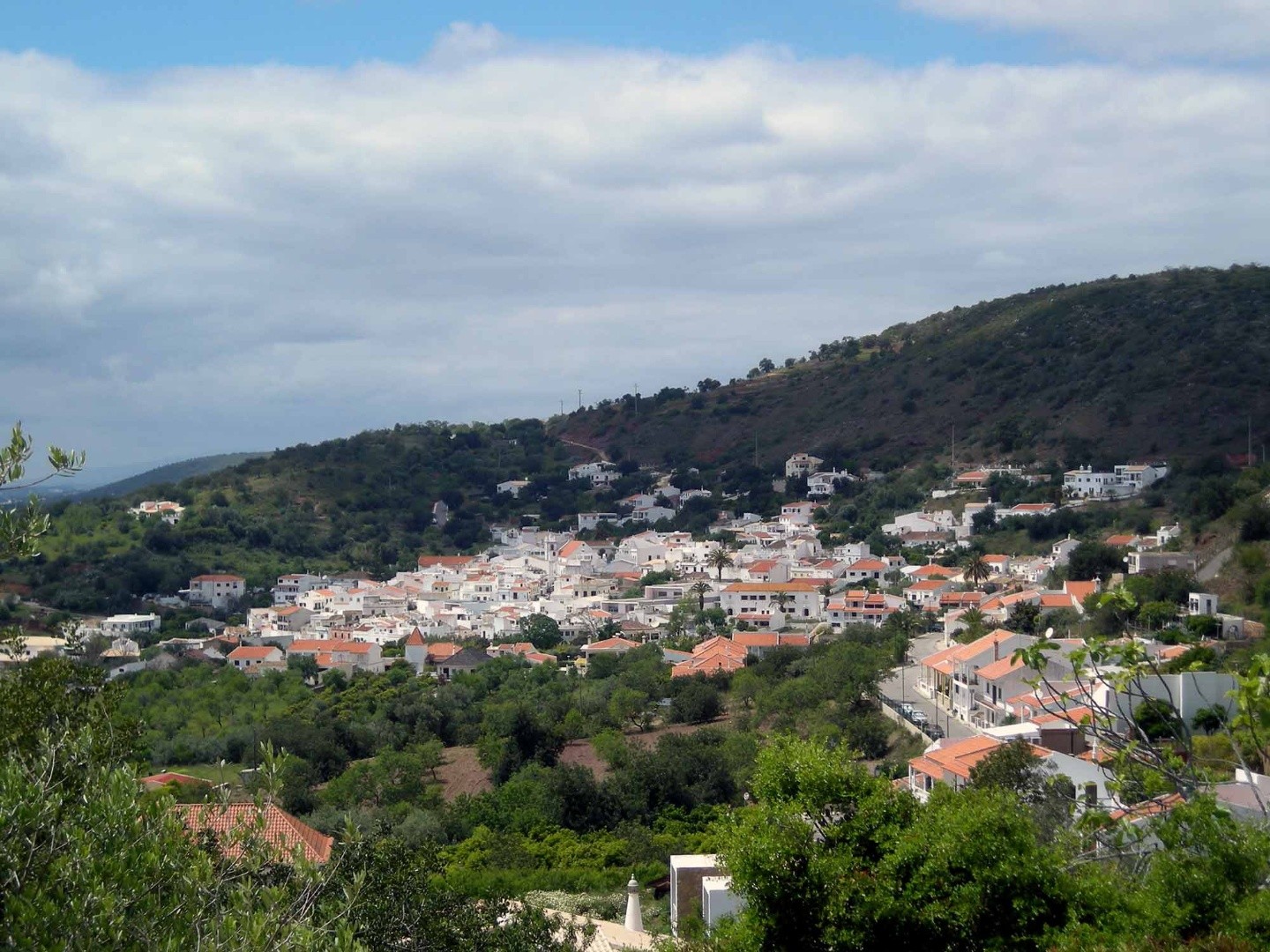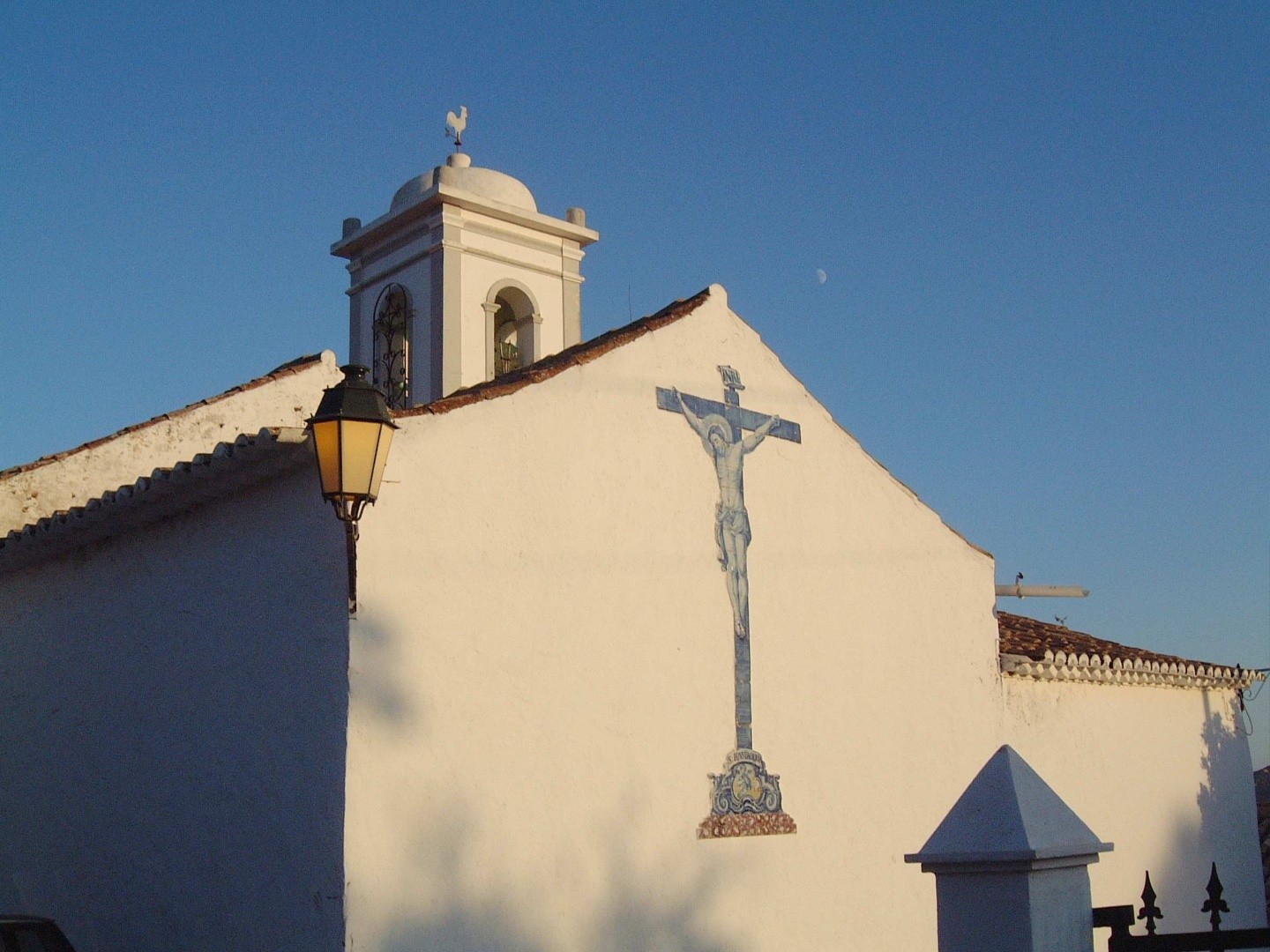Traditional Villages
The occupation of this village in Islamic times is sensed from the Arabic manuscript Al-takmila, in which an important personality who lived in the village of Amrũša is mentioned. Its relevance in the mid-16th century is evident from the inclusion of three bread ovens in the list of leased royal possessions, a quantity that exceeds that mentioned for the neighbouring villages of Messines and Portela. Currently, the urban nucleus is located on gently sloping land, facing south-east, and is typically rural, with single-family dwellings generally surrounded by walled yards that define the sinuous layout of the road network. The high fertility of the alluvial soils in the surrounding area was certainly one of the reasons for the settlement and maintenance of human occupation of this village, forging its rural identity, which currently attracts Portuguese and foreign families, who here seek the peace and quiet of an Algarve alternative to the hustle and bustle of the main tourist centres.




